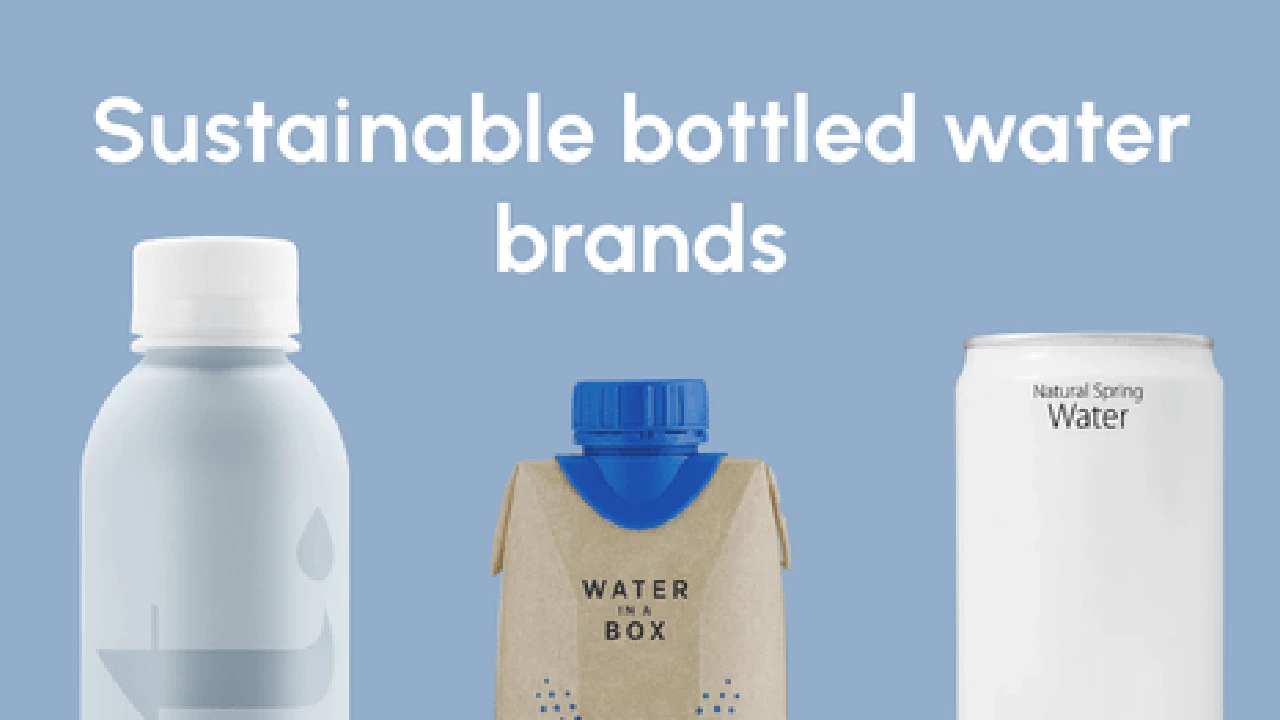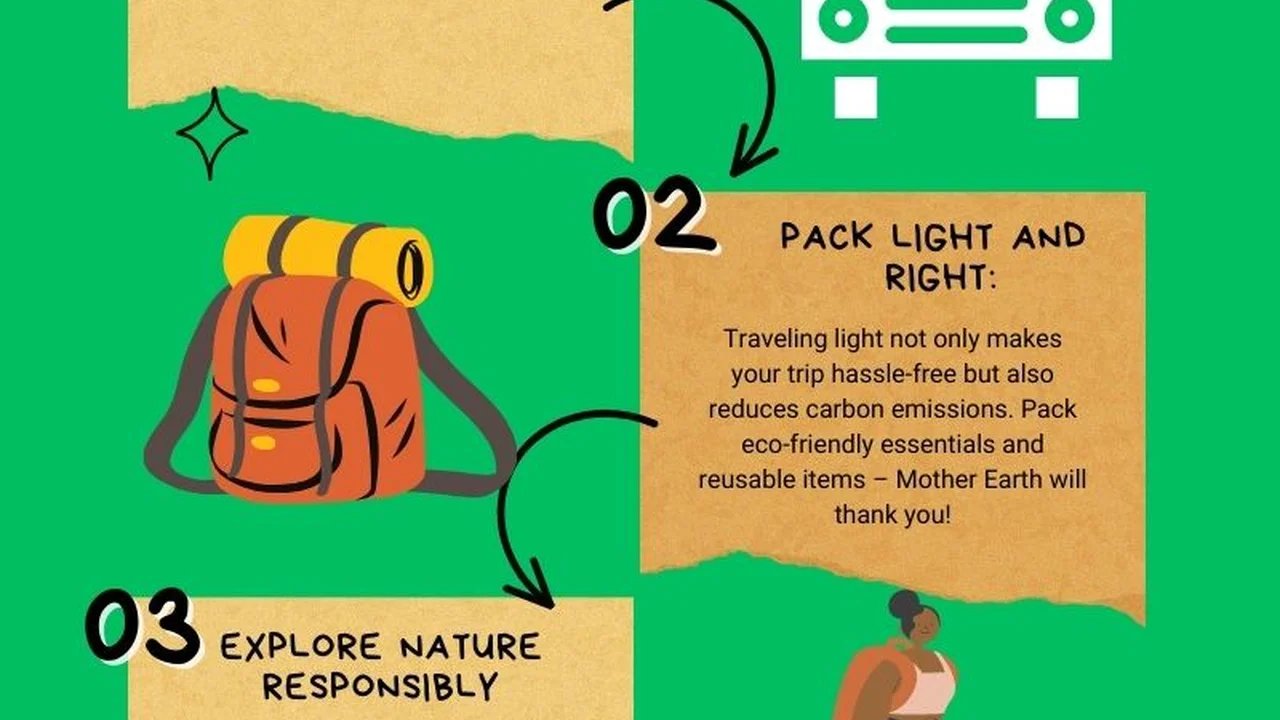5 Eco-Friendly Ways to Care for Your Sustainable Clothes
Learn 5 eco-friendly ways to care for your sustainable clothes, extending their lifespan and reducing environmental impact.

5 Eco-Friendly Ways to Care for Your Sustainable Clothes
Hey there, conscious fashionista! So you've made the awesome decision to invest in sustainable clothing. That's fantastic! But the journey to a truly eco-friendly wardrobe doesn't stop at the purchase. How you care for your clothes plays a massive role in their longevity and overall environmental footprint. Think about it: even the most sustainably made garment can become unsustainable if it's constantly being replaced due to improper care. Plus, caring for your clothes the right way saves you money in the long run and keeps them looking fabulous. Let's dive into five super effective and eco-friendly ways to make your sustainable wardrobe last longer and shine brighter.
Washing Wisdom The Eco Friendly Laundry Guide
Washing is probably the biggest culprit when it comes to wear and tear on your clothes, not to mention water and energy consumption. But don't worry, there are plenty of ways to make your laundry routine greener. First off, and this is a big one: wash less! Unless something is visibly dirty or smells, do you really need to wash it? Often, a good airing out can do wonders. For items like jeans or sweaters, spot cleaning can be your best friend. When you do wash, always opt for cold water. Heating water accounts for a huge chunk of your washing machine's energy use. Modern detergents are designed to work just as effectively in cold water, so there's really no downside. Plus, cold water is gentler on fabrics, helping them retain their shape and color.
Choosing the Right Detergent Sustainable Laundry Products
Your choice of detergent matters. Many conventional detergents contain harsh chemicals, phosphates, and synthetic fragrances that can pollute waterways and irritate sensitive skin. Look for eco-friendly, biodegradable detergents that are free from these nasties. They're often plant-based and come in concentrated formulas, reducing packaging waste. Some even come in innovative forms like laundry strips or pods, which are super convenient and pre-measured, preventing overuse. For example, brands like Tru Earth Eco-Strips (around $19.95 for 60 loads) are a fantastic option. They're ultra-concentrated, dissolve completely, and come in compostable packaging. Another great choice is Blueland Laundry Tablets (starting at $18 for 60 tablets), which are plastic-free and effective. For liquid options, Seventh Generation Free & Clear Laundry Detergent (approx. $15 for 100 oz) is widely available and a reliable eco-friendly pick. When comparing, consider the ingredients list – the shorter and more natural, the better. Also, check for certifications like EPA Safer Choice or Ecocert. These ensure the product meets strict environmental and health standards. The usage scenario for these is straightforward: just toss them in with your laundry. For Tru Earth, you simply tear off a strip and place it in the dispenser or directly in the drum. Blueland tablets go directly into the drum. These are all designed for both standard and HE (High-Efficiency) washing machines, making them versatile for most households.
The Art of Gentle Washing Protecting Your Garments
When it comes to the actual wash cycle, gentle is the name of the game. Use a delicate or hand-wash cycle whenever possible, especially for sensitive fabrics like wool, silk, or linen. These cycles use less agitation, which means less stress on the fibers. Always turn garments inside out before washing. This protects the outer surface, especially for items with prints, embellishments, or dark colors, preventing fading and pilling. For delicate items, consider using a mesh laundry bag. This acts as a protective barrier, preventing snagging and stretching, especially in a mixed load. Brands like Guppyfriend Washing Bag (around $35) are specifically designed to reduce microplastic shedding from synthetic fabrics, which is a huge bonus for the environment. While it's a bit pricier than a standard mesh bag, its microplastic-filtering capabilities make it a worthwhile investment for anyone serious about sustainable laundry. You simply place your synthetic clothes (like activewear or fleece) inside before washing. This bag is reusable for years, making its cost-per-use very low over time. For general delicate protection, a multi-pack of standard mesh laundry bags (like those from Amazon Basics, around $10 for a set of 5) will also do the trick, though they won't filter microplastics.
Drying Smart Air Drying and Energy Efficiency
The dryer is another energy guzzler. Air drying is by far the most eco-friendly option, and it's also much gentler on your clothes. Heat can cause shrinkage, fading, and damage to elastic and delicate fibers. Invest in a good drying rack or a clothesline. It might take a bit longer, but the energy savings and extended garment life are totally worth it. Plus, there's something incredibly satisfying about the fresh smell of line-dried laundry.
Maximizing Air Drying Benefits Sustainable Drying Solutions
When air drying, try to hang clothes in a well-ventilated area, away from direct sunlight if possible, especially for dark colors that can fade. For knits and sweaters, lay them flat to dry to prevent stretching and maintain their shape. If you absolutely must use a dryer, use a lower heat setting and remove clothes while they're still slightly damp. This reduces drying time and minimizes heat exposure. Throw in some wool dryer balls (like those from Smart Sheep, around $15 for 6 balls) instead of dryer sheets. Dryer sheets often contain chemicals and are single-use. Wool dryer balls, on the other hand, are reusable, reduce drying time by absorbing moisture and separating clothes, and naturally soften fabrics without chemicals. They can last for hundreds of loads, making them incredibly cost-effective and eco-friendly. You just toss 3-6 balls into the dryer with your wet clothes. They work by creating space between garments, allowing hot air to circulate more efficiently, and by absorbing some of the moisture. This can cut drying time by 25-50%, leading to significant energy savings.
Storage Solutions Protecting Your Wardrobe
How you store your clothes can significantly impact their lifespan. Proper storage prevents stretching, creasing, dust accumulation, and even pest damage. Don't just shove everything into a cramped closet or drawer. Give your clothes room to breathe.
Smart Storage for Longevity Eco Friendly Closet Organization
For items that need to be hung, use appropriate hangers. Padded hangers are great for delicate blouses and dresses, while sturdy wooden hangers are ideal for coats and suits, helping them maintain their shape. Avoid wire hangers, as they can distort the shape of shoulders and leave marks. For folded items like sweaters and t-shirts, ensure they are neatly folded to prevent permanent creases. Consider using drawer dividers or fabric bins to keep drawers organized and prevent clothes from getting squashed. For seasonal items or clothes you don't wear often, breathable garment bags (like those made from cotton or non-woven fabric, not plastic) can protect them from dust and pests. Brands like Whitmor Breathable Garment Bags (around $20 for a set of 3) are a good, affordable option. They allow air circulation, preventing musty smells, unlike plastic bags which can trap moisture and lead to mildew. For long-term storage of delicate items, acid-free tissue paper can be used to prevent creasing and protect against discoloration. Cedar blocks or sachets (like those from Household Essentials, around $10 for 24 pieces) are a natural, chemical-free alternative to mothballs, keeping pests away while imparting a pleasant scent. Just place them in your drawers or hang them in your closet. They need to be lightly sanded every few months to refresh their scent and effectiveness.
Repair and Repurpose Extending Garment Life
One of the most impactful ways to be eco-friendly with your clothes is to make them last as long as possible. This means embracing repair and repurposing rather than immediately discarding items with minor flaws. Fast fashion has made us accustomed to throwing things away at the first sign of a loose button or a small tear, but sustainable fashion encourages a different mindset.
Basic Repairs and Upcycling Sustainable Fashion Practices
Learn a few basic mending skills. Sewing on a button, patching a small hole, or re-stitching a seam are surprisingly easy and can save a garment from the landfill. There are tons of free tutorials online, and a simple sewing kit is very inexpensive. If you're not confident in your own mending skills, find a local tailor or seamstress. Supporting local businesses is another great way to be sustainable! For items that are beyond simple repair, consider repurposing them. An old t-shirt can become a cleaning rag, a pair of worn-out jeans can be cut into shorts, or a beloved but damaged dress can be transformed into a skirt or a top. Get creative! This extends the life of the fabric and reduces the demand for new materials. For example, a simple sewing kit like the Singer Sewing Kit (around $15) provides all the essentials for basic repairs. For more advanced repairs or upcycling projects, a basic sewing machine (like the Brother CS5055PRW, around $150-200) can open up a world of possibilities, allowing you to truly transform garments. The key here is to shift your mindset from 'disposable' to 'repairable' and 'reusable'.
Mindful Consumption and Conscious Choices
While not directly about caring for clothes you already own, mindful consumption is the ultimate eco-friendly clothing care strategy. The less you buy, the less you need to care for, and the less impact you have on the planet.
Building a Sustainable Wardrobe Thoughtful Purchases
Before you buy something new, ask yourself: Do I really need this? Will I wear it often? Is it well-made and durable? Prioritize quality over quantity. Invest in timeless pieces that you'll love for years, rather than chasing fleeting trends. Look for natural, durable fabrics like organic cotton, linen, hemp, Tencel, or recycled materials. These fabrics are often easier to care for and have a lower environmental impact throughout their lifecycle. Consider shopping second-hand at thrift stores or online platforms like ThredUp or Poshmark. This gives clothes a second life and significantly reduces their environmental footprint. When you do buy new, choose brands that are transparent about their supply chains, ethical labor practices, and environmental commitments. For example, brands like Patagonia (known for their durable outdoor wear, prices vary widely) offer repair services and take-back programs, truly embodying the circular economy. Another example is Everlane (various clothing items, prices vary), which focuses on radical transparency in their production. By making thoughtful choices at the point of purchase, you're setting yourself up for a more sustainable and manageable wardrobe that requires less intensive care and lasts longer. It's all about creating a wardrobe that you love, that serves you well, and that aligns with your values, reducing waste and promoting a healthier planet one garment at a time.
:max_bytes(150000):strip_icc()/277019-baked-pork-chops-with-cream-of-mushroom-soup-DDMFS-beauty-4x3-BG-7505-5762b731cf30447d9cbbbbbf387beafa.jpg)






